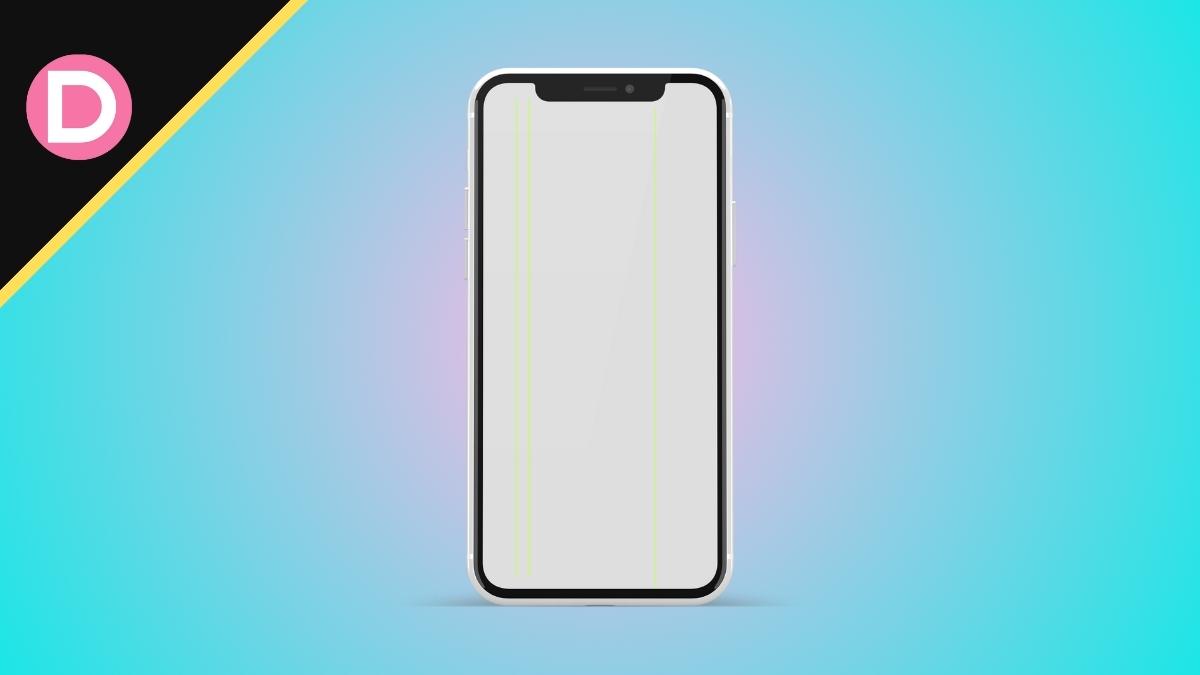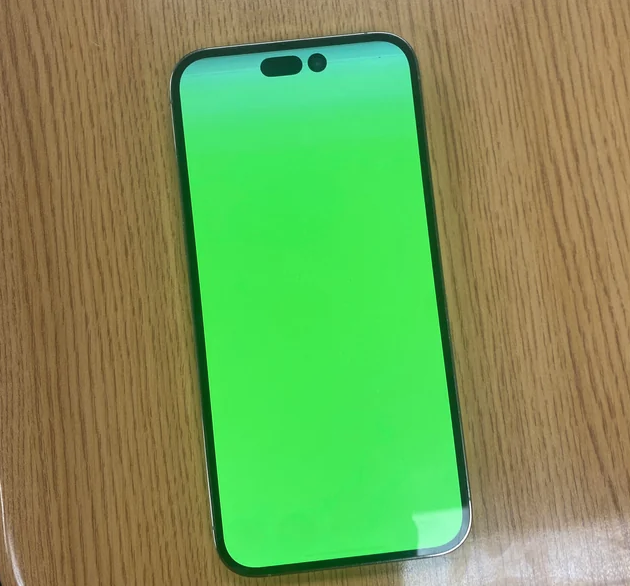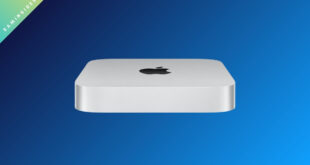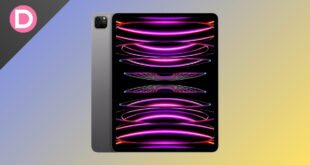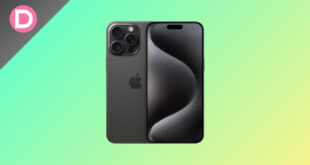Using an OLED panel over an LCD has several benefits. You typically get better viewing angles, higher vibrance and saturation, and excellent brightness. Since the pixels turn off to display black, it also saves your battery.
Since the iPhone X, the display of all flagship iPhones has an OLED panel. There are plenty of disadvantages to using mass-manufactured OLED panels. Admittedly, Apple’s Quality Control is much better than several other companies that ship out much fewer units.
There are still worries about burn-in on OLED displays. The advantages sorely outrank the cons, though. OLED is much thinner and more flexible, drastically reducing display bezels. This makes designs much better. OLED contrast remains unbeatable thanks to an infinite contrast ratio and the ability to turn off individual pixels. A display with a backlight can’t achieve even comparable levels of contrast.
The only primary concern with OLED displays is burn-in, but we don’t have too many static components on your smartphone screen since it’s always moving in and out of applications. Burn-in is a permanent display discoloration when the display engine doesn’t work well. Burn-in with OLED still happens, but you can easily avoid it if you don’t leave static images on your display for too long.
Other problems exist for the iPhone 14 Pro Max and the entire 14 series. There are increasing reports about green lines or screens across the lineup, and the damage appears permanent.
Green screen issue on iPhone 14 series
There are many reports across social media platforms like X and Reddit that the iPhone 14 series has many problems with the display. Some issues are more severe than others. On some units, a green line goes along the display and interferes with content. But the phone remains usable.
In other severe cases, the touch response fails, and the entire display turns green. The phone isn’t even usable anymore. There’s good news, though; if you have Apple Support, the company is apparently replacing these displays for free. Such hardware issues are typically covered under warranty. However, third-party service centers can easily refuse repair in countries without official Apple Stores. This isn’t an ideal solution.
iPhones have DFU mode (Device Firmware Upgrade Mode), which can restore devices from any state. If it’s a software issue, you can easily solve it using this method. It’s burned into the hardware. Once you enter recovery mode, you can flash it with iTunes.
The issue appears fairly widespread. It’s in units across several countries, including carrier versions of the US (Verizon), and it isn’t limited to a particular region. Posts also claim many people face the same problems with flickering green screens on the iPhone 14 Pro Max. There’s a potential issue with the display cable of select units, thanks to poor Quality Control.
Some others report facing white dots in portrait orientation. Display issues with iPhones aren’t new. We previously covered flashing horizontal lines for the 14 Pro and green lines on the iPhone 13. Interestingly, some claim that the issues are happening after an update to iOS 16.6
Which company supplies displays for the 14 Pro Max?
While the initial assumption was that it’s the fault of a particular manufacturer, that doesn’t seem likely. For the iPhone 14 series, Samsung supplies over 70% of the panels. The supply mixes LG and Samsung for the Pro and Pro Max, and Samsung retains the majority.
While LG has some share for the Pro models, BOE only manufactures vanilla and Plus screens. BOE couldn’t meet the standards for the Dynamic Island cutout. As a result, Samsung retains a majority.
But it’s unfair to claim that they’re responsible for the issues. We don’t have the statistics of which panel is affected. It could be all or a specific one. But since Apple calibrates all the panels to the same standards, they’re all virtually indistinguishable. You can’t find a difference between BOE, Samsung, and LG iPhone panels. So, we can’t tell which ones have the most cases of green lines and green tint issues.
What causes the green screen problems: Software or Hardware?
It appears that nearly all cases are unique. With some, it’s a bad update that causes this problem. If a company doesn’t tune a particular version properly, it could fiddle with voltage parameters. This causes severe calibration issues since the software can’t decide which Pixel to light up properly. As a result, entire rows burn up and cause lines of different colors.
Hardware causes
Another possible reason is that it’s a manufacturing defect. Green sub-pixels of OLED panels use thin film transistors (TFTs) and LEDs, and a malfunction in either component will result in green lines or green tint. Note that physical damage or harsh handling can cause the detaching of the display cable, which can cause the entire screen to turn green. The conductive traces responsible for colors can also become loose. There’s also a chance that these components weren’t connected well in the first place.
Another potential reason is abnormally high and low temperatures. If ambient temperatures are consistently high, that could cause problems since the iPhone does not have a built-in cooling system to reduce internal heat. Conversely, it’s also dangerous if the temperatures are too cold. While driver issues are rare, they could also cause problems with your screen. Contact with moisture or water for prolonged periods can also damage the panel.
Software causes
There are plenty of software reasons for this problem, too. Firmware or software glitches can cause temporary problems sometimes. In a few cases, factory data reset solves the issues. With the iPhone 13 and 12 series, Apple even pushed some OTA updates to solve the problem on a few units. This link shows an example of the phone acting up after updating to iOS 16.6.
Software affects hardware in this case. Since the software is responsible for calibration and communication between parts like the driver and the panel, poor optimization or unintentional overlooks from developers can lead to problems. The software also regulates the amount of voltage that’s supposed to power the OLED panel (and the LED and TFT components), and an overvoltage can damage the panel permanently.
While the frequency isn’t as much as phones like the S20+ or some OnePlus phones, it’s still highly concerning. To conclude, we can’t determine whether it’s a software or hardware issue for the iPhone 14 series. Different cases have different problems, and it’s a toss-up of both. Software issues are easier to fix than hardware. Note that there’s no official acknowledgment from Apple about this problem, and we’re just speculating from existing sources.
What to do if your iPhone gets the green screen?
If your phone has the Green Screen issue, here are some things you can try.
1. Force restart your iPhone: This is the simplest way to fix any hardware & software issues caused by temporary glitches. It clears your cache and RAM and forces the OS to boot from scratch. If there’s a calibration issue because of poor communication between components, this can fix it. If your phone is usable, power it down through the Shut Down option in the Settings app. Or, you can hold the power and volume up button down for a few seconds till the iPhone powers off.
2. Check for OTA updates: We’ve given a more detailed explanation above, but OTA updates can fix issues if the firmware has bugs with the code. If your phone’s screen isn’t completely unusable, try updating from the Settings app. Or else, you can connect it to iTunes and update it manually to the latest software. You can also use Apple Configurator to restore firmware.
3. Reset your phone to factory settings: Go to the Settings app, open the General menu, and tap Reset. Tap on Erase all content and Settings. This will completely wipe all the data from your phone, and you have to set it up from scratch, including iCloud details and apps. It should be back up and running quickly if you have a backup. This solution could work if there’s an issue with your firmware or an unoptimized iOS copy on your phone.
4. Contact Apple Support: First, verify your device’s warranty. If it does, hardware defects that aren’t the user’s fault should come under warranty. In most cases, Apple replaces the displays for free. If you have Apple Care, it’s even better since many such issues are covered under that package. Contact Apple Support and explain the problem- they’ll give you a code to show at the official service center. Also, try leaving Product Feedback on their site so the company knows the issue.
These were the potential solutions for the green screen issue. We hope Apple takes Quality Control seriously for future models.
